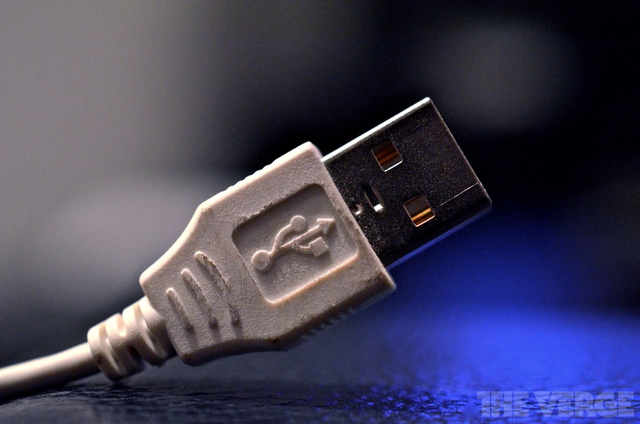Chairman of the House transportation committee says airplanes are noisy enough without people talking away the flight on their phones.
 (Credit: JetBlue)
(Credit: JetBlue)
 (Credit: JetBlue)
(Credit: JetBlue)
Flights are noisy enough for at least one lawmaker without having to listen to a plane full of passengers shouting to be heard on their cell phones.
So Rep. Bill Shuster, the chairman of the House Transportation and Infrastructure Committee, introduced a bill Monday that would prohibit passengers from making in-flight cell phone calls on commercial aviation flights. The "Prohibiting In-Flight Voice Communications on Mobile Wireless Devices Act of 2013" (PDF) comes as the Federal Communications Commission considers lifting a ban on the use of cell phones and mobile broadband services on airplanes above 10,000 feet.
"Let's face it, airplane cabins are by nature noisy, crowded, and confined," Shuster (R-Pa.) said in a statement. "For the most part, passengers are looking for ways to make their flights go by as quickly and quietly as possible."
In October, the Federal Aviation Administrationlifted its ban on the use of portable electronic devices during takeoffs and landings. While FCC regulations still ban the use of cell phones for voice communications out of concern the devices might interfere with the aircraft's flight instruments, safety was not a chief concern cited by Shuster.
"For passengers, being able to use their phones and tablets to get online or send text messages is a useful in-flight option. But if passengers are going to be forced to listen to the gossip in the aisle seat, it's going to make for a very long flight," Shuster said. "For those few hours in the air with 150 other people, it's just common sense that we all keep our personal lives to ourselves and stay off the phone."
The question of whether cell phones could be used on airplanes has come up in the past at the FCC. The agency considered a similar proposal in 2004 and sought public comment, but it dropped the rule changes in 2007 after flight attendants and others lobbied against it.
The FCC is expected to take up the matter during its meeting Thursday.










